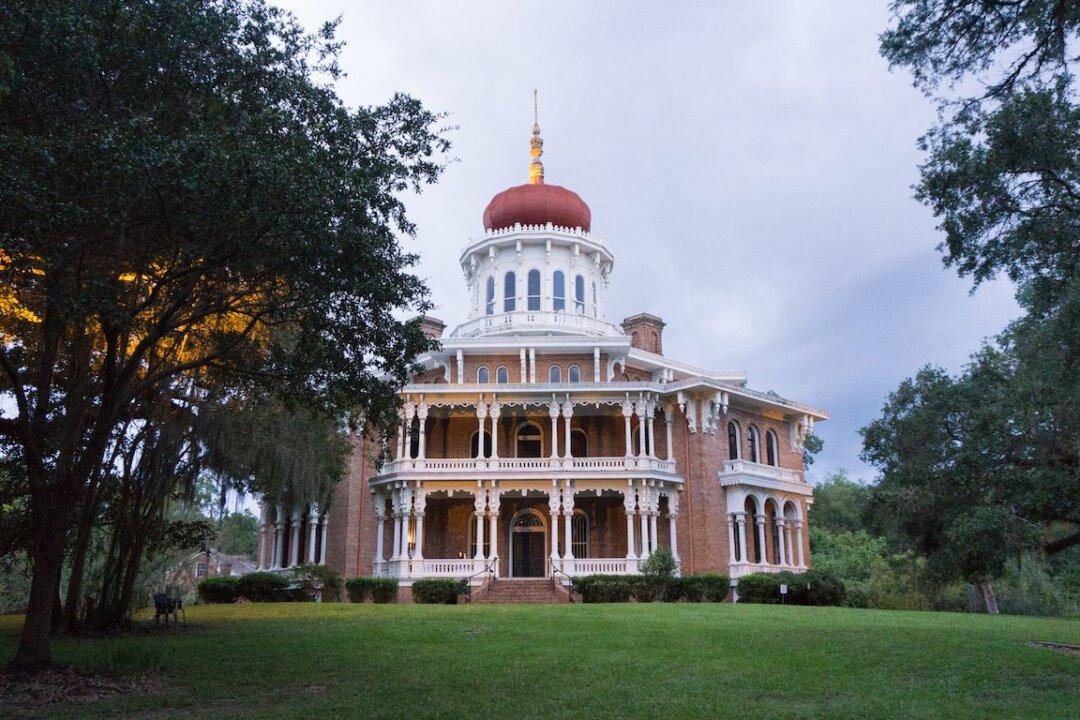In Natchez, Mississippi, it’s fun to play pretend.
On one night in the Southern river town, I find myself the esteemed guest of a 19th-century dinner party during the height of Southern antebellum opulence. In the lavish banquet room at Choctaw Hall, I feast on pork tenderloin and sweet potato mash surrounded by crystal chandeliers and a collection of 7,000 pieces of Jacob Petit porcelain.






